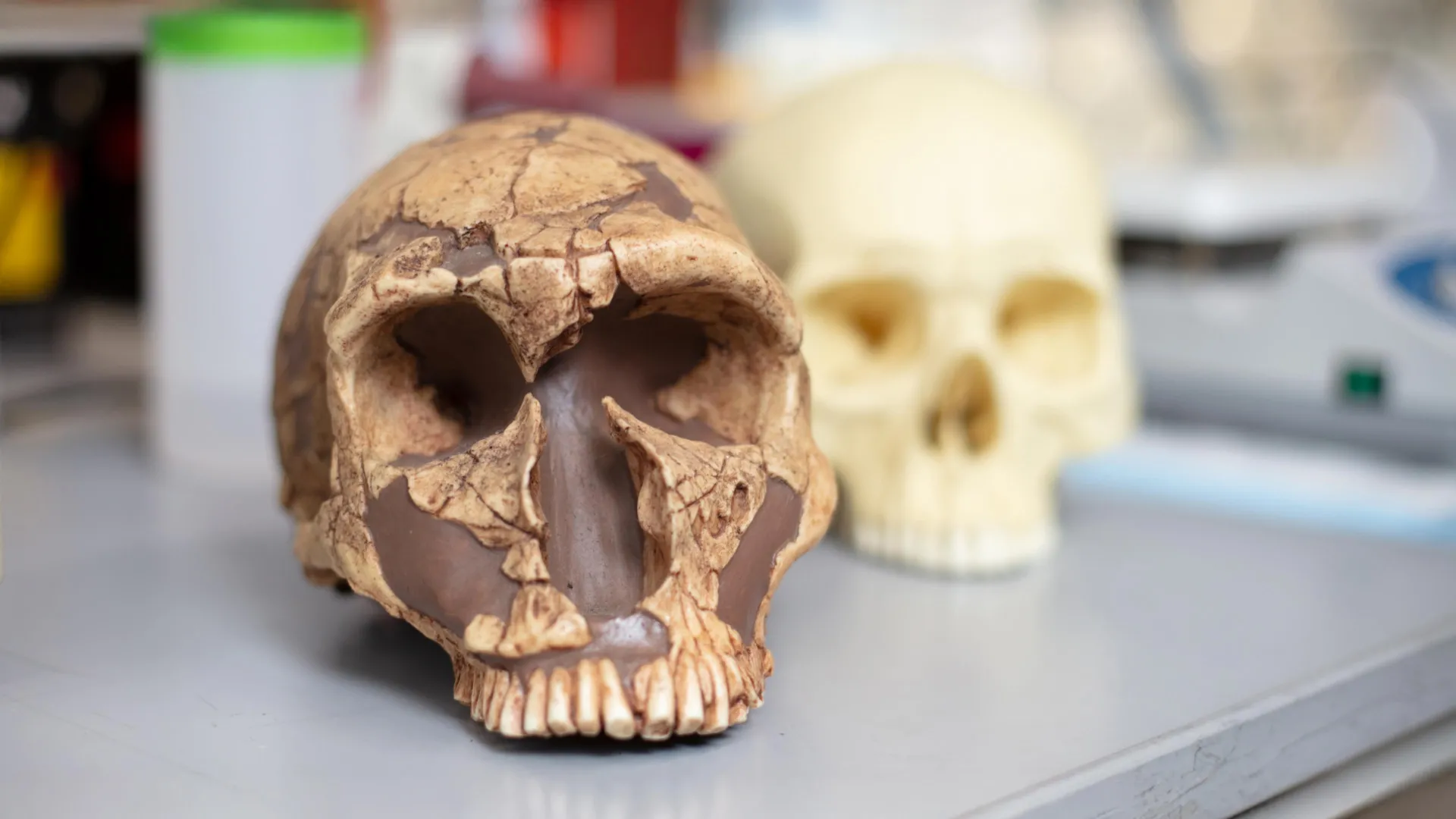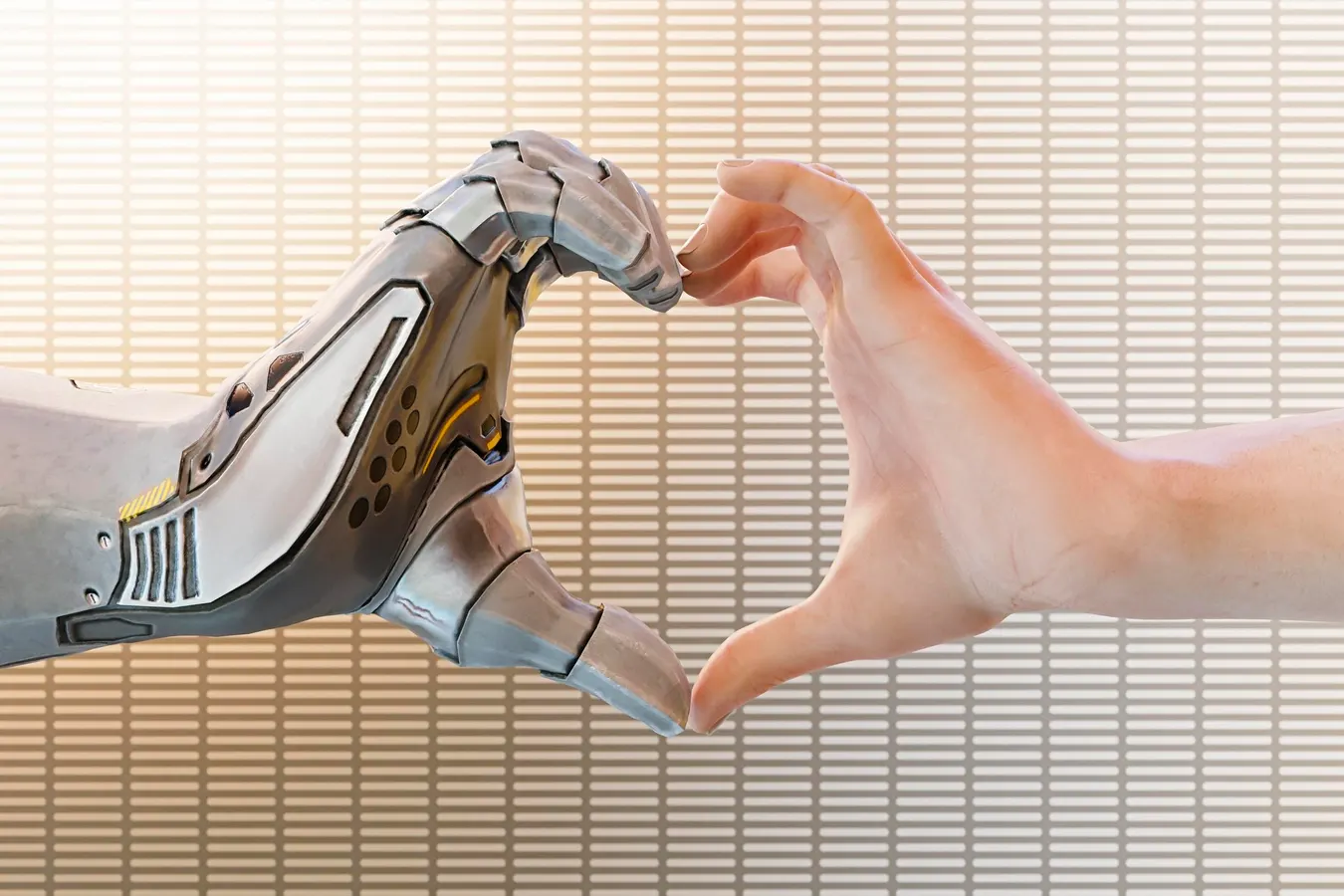“Ghost poop” is a bowel movement that seemingly disappears without a trace after you flush the toilet. There’s no sign of it either in the toilet paper that you used to wipe your butt or in the toilet bowl. (Photo: Getty)
getty
There’s something known on social media as “ghost poop.”…









